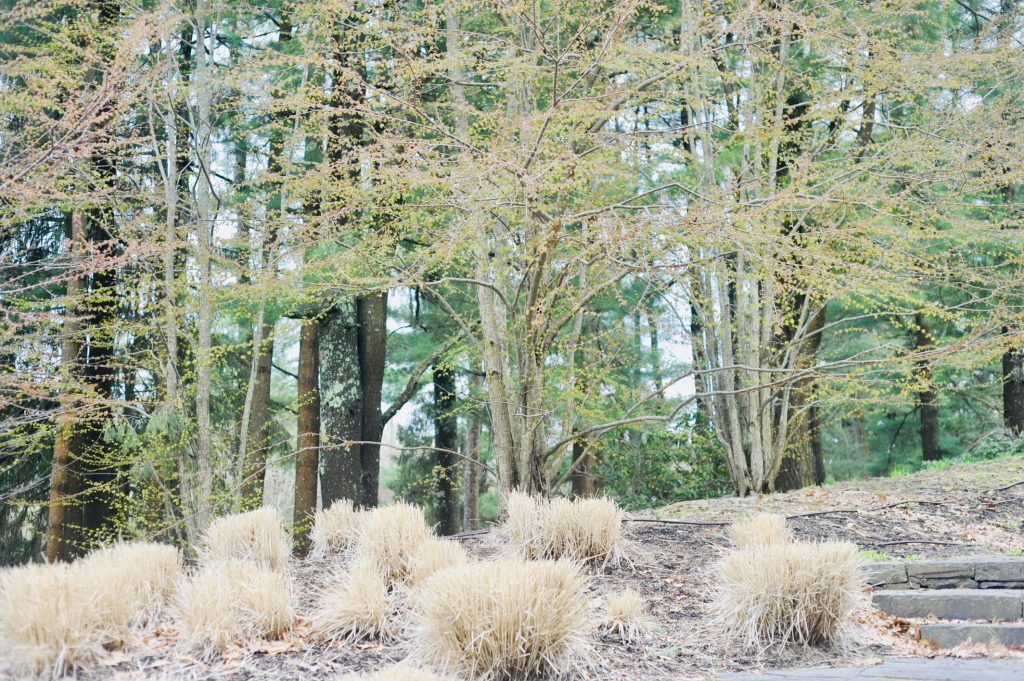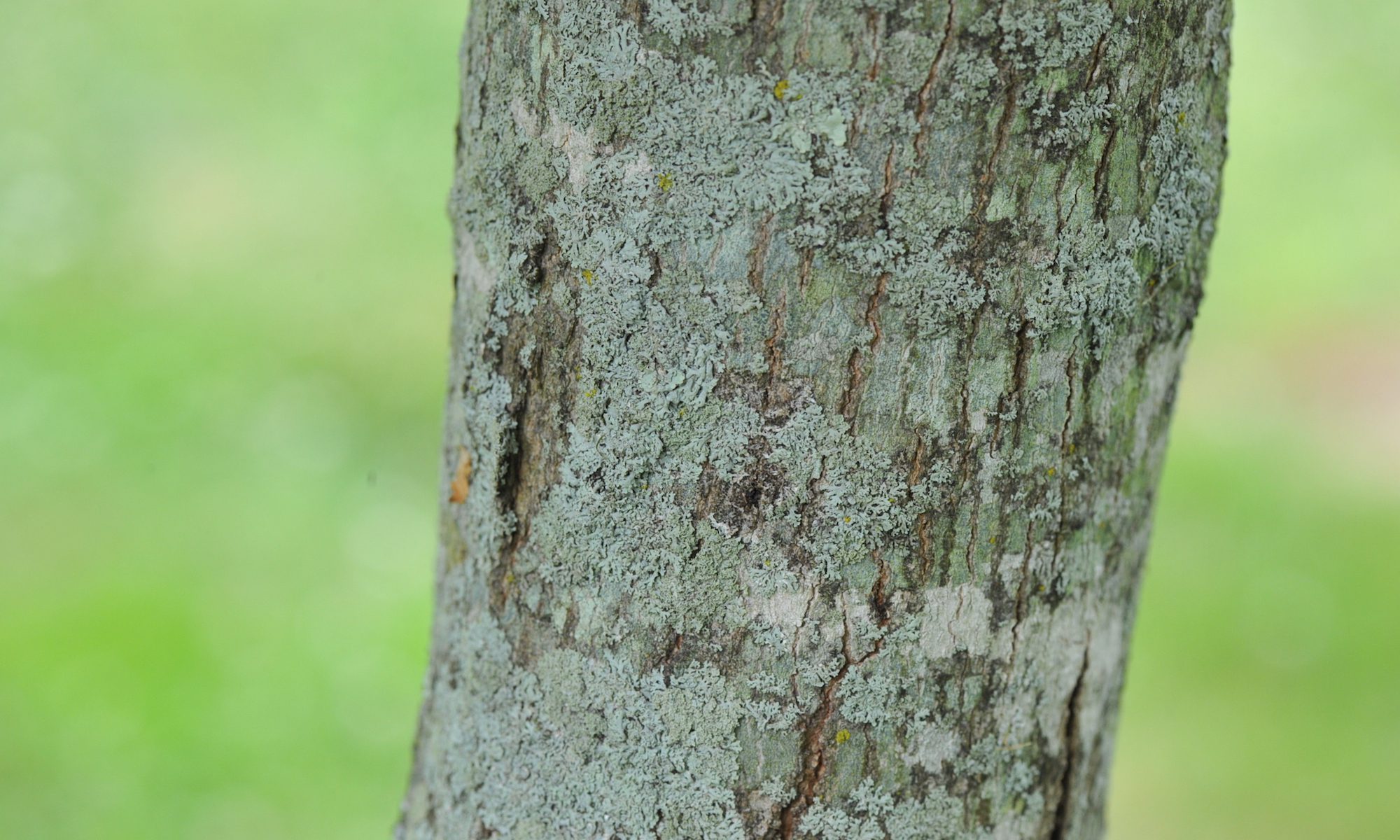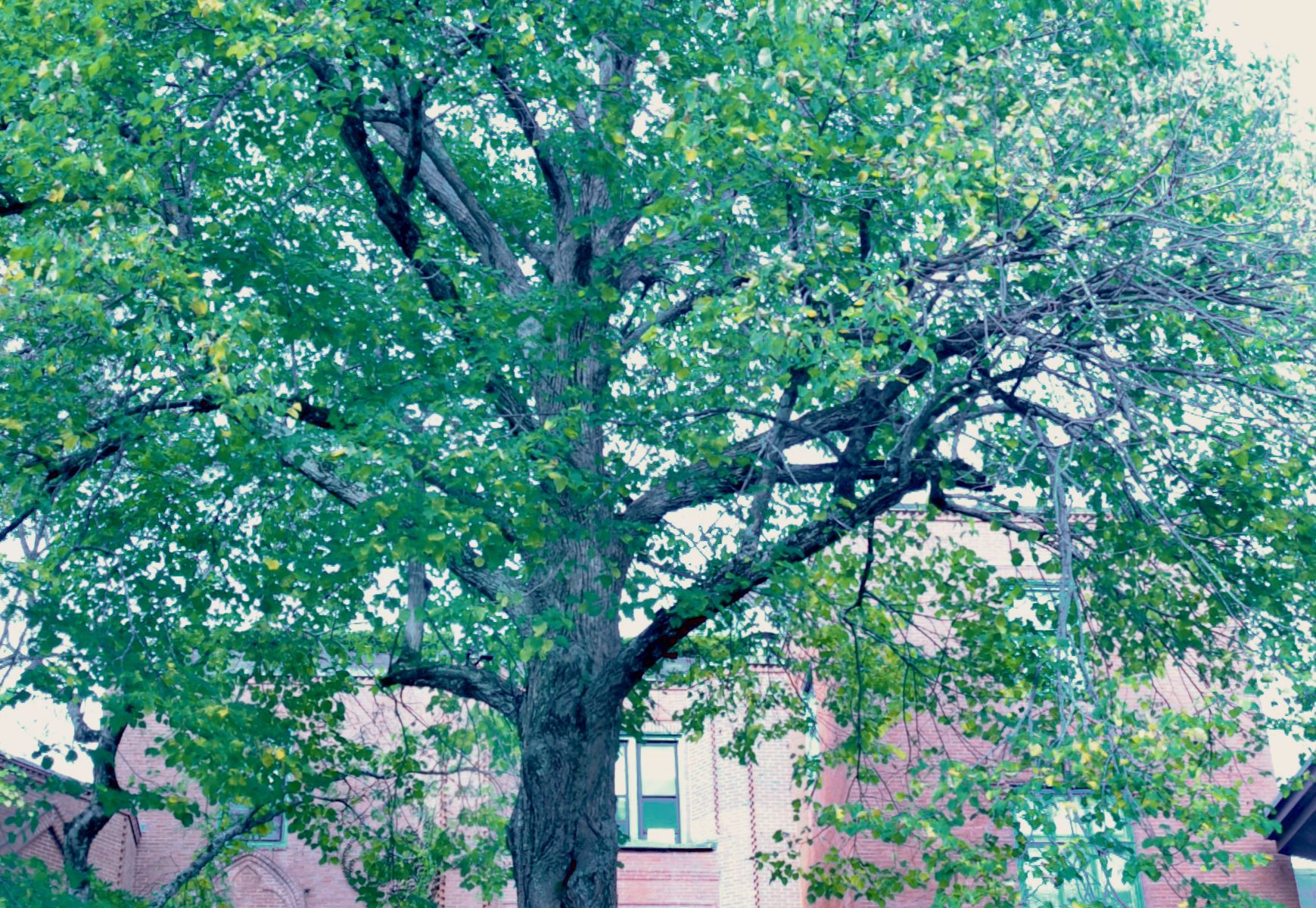The Littleleaf Linden produces clusters of yellowish flowers in the summer that give off a pleasant smell, making them a great source of nectar and pollen. No wonder Littleleaf Linden honey is so popular all over Europe. It is also regarded as nutritious and packed with medicinal qualities. In the countries of Central, Southern and Western Europe, linden flowers are a traditional herbal remedy made into a tea called tilleul. The young leaves can also be eaten as a salad vegetable.
Its wood is not strong, but a classic choice for refined woodcarvings. English sculptor Grinling Gibbons used it for medieval altarpieces and carvings in St. Paul’s Cathedral, Windsor Castle, and Chatsworth.

Littleleaf Lindens were planted and used for social purposes as early as 760 A.D. In Germanic and Norse countries, the tree was known as a favorite of the goddesses of love (Freya), and of married love (Frigga). Maidens would dance ecstatically around the village linden, and women hoping for fertility would hug the tree or hang offerings in its branches. In Scandinavia, Lindens were thought to be a favorite haunt of elves and fairies and therefore avoided after dark.
VISIT THE KATSURA ALLÉE NEXT

